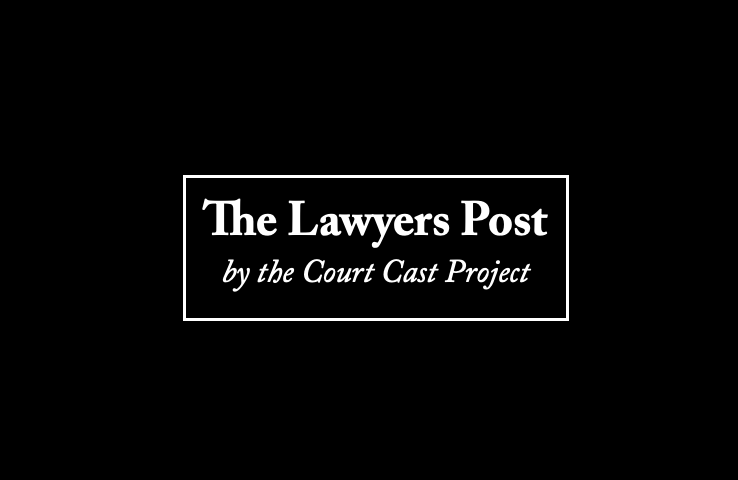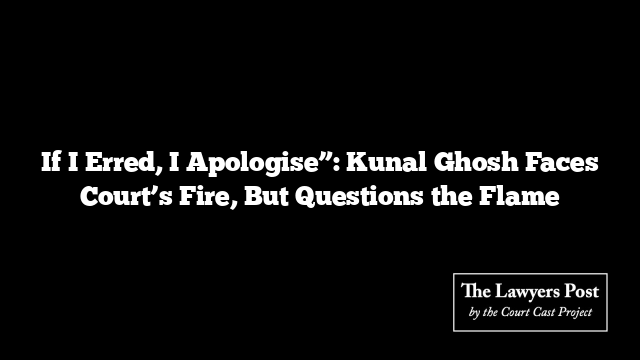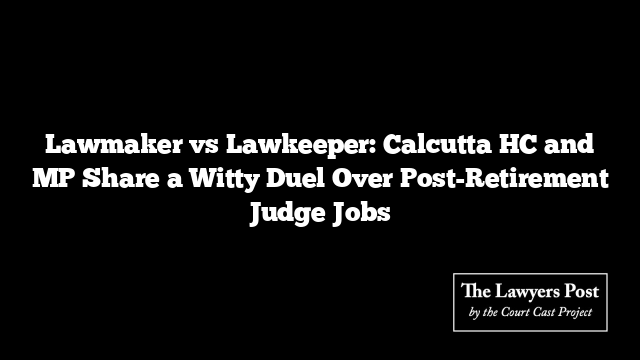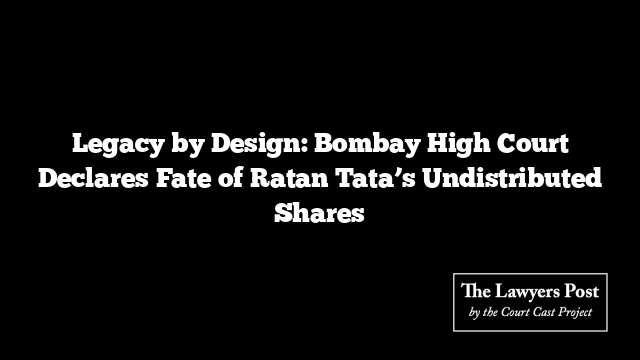Inside the grand halls of the Calcutta High Court, Trinamool Congress leader Kunal Ghosh delivered a preemptive olive branch — an apology not for a proven crime, but for one the court believes he may have committed.
“If this Hon’ble Court deems my actions as contempt,” declared Ghosh’s counsel, Senior Advocate Kalyan Bandyopadhyay, “then I tender my unqualified apology.” The bench — an assembly of Justices Arijit Banerjee, Sabyasachi Bhattacharya, and Rajarshi Bharadwaj — heard the words, but also the undertone: this wasn’t a full surrender.
Ghosh and seven others are staring down the barrel of criminal contempt proceedings. The origin? A protest that turned volatile outside the chamber of lawyer Bikash Ranjan Bhattacharya on April 25, where demonstrators allegedly defaced the image of Justice Biswajit Basu. At the heart of the fury was a legal battle over the controversial 2016 recruitment of teachers and staff in West Bengal — a case that’s stirred courtroom debates and street agitations in equal measure.
But while the protest is at the surface, the real courtroom clash is over jurisdiction. Bandyopadhyay questioned whether this three-judge bench even had the authority to hear the contempt matter in the first place.
According to him, the Calcutta High Court’s own Contempt of Court Rules, 1975, require a formal judicial motion to set such proceedings in motion. But the current case, he contended, sprang from a purely administrative order signed by Chief Justice TS Sivagnanam — no judicial motion, no legal ignition.
In essence: can contempt be tried if the charge itself is born outside the rules of engagement?
With more arguments pending, the bench has deferred further proceedings to a later date — but the battle is clearly only warming up.
For now, Ghosh’s conditional apology floats in the air, seeking shelter from the storm — or perhaps time to rearm for the next round in the courtroom drama.





